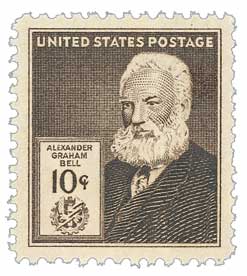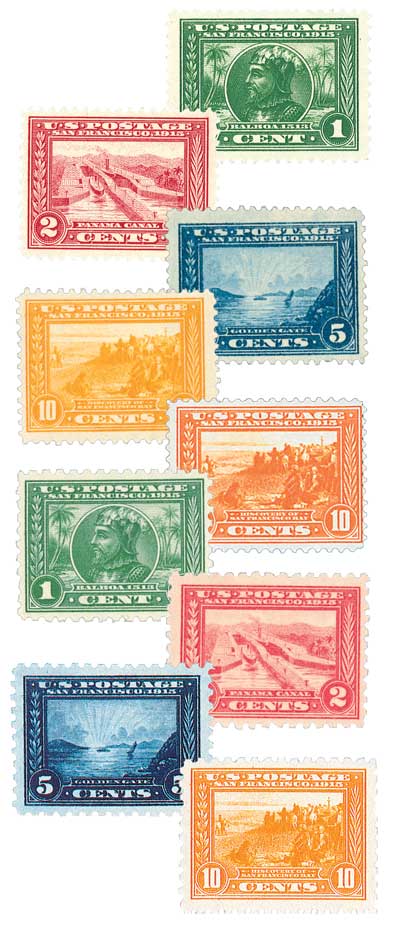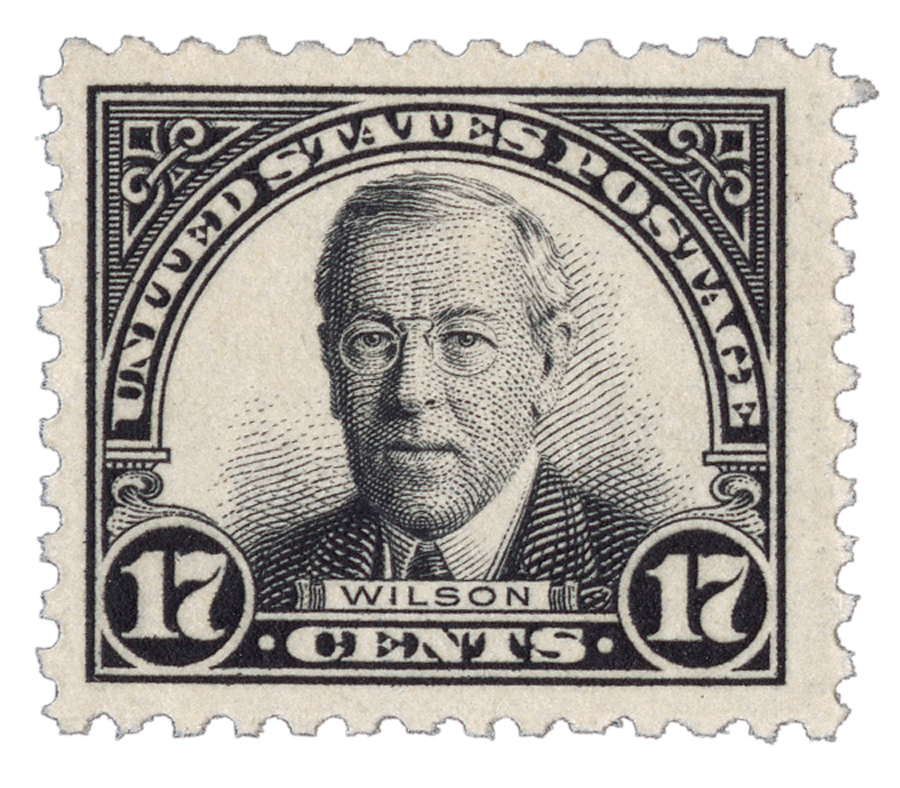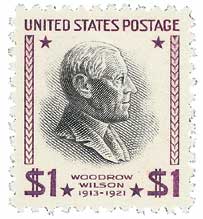
# 3183e FDC - 1998 32c Celebrate the Century - 1910s: Telephone Line
32¢ First Transcontinental Telephone Line
Celebrate the Century – 1910s
City: Washington, DC
Quantity: 12,533,000
Printed By: Ashton-Potter (USA) Ltd
Printing Method: Lithographed
Perforations: 11.5
Color: Multicolored
First Official Transcontinental Telephone Call

On January 25, 1915, the first official transcontinental telephone call from New York to San Francisco was made.
Following Alexander Graham Bell’s invention of the telephone in 1876, telephone service spread quickly. By 1890, the Bell telephone had spread to most major cities in the United States. And a year later, the first commercial long distance line extended 45 miles. Phone service between New York City and Chicago began in 1892.
The introduction of loading coils in 1899 aided the expansion of long-distance service. By 1909, AT&T, then led by Theodore Vail, set out to establish a transcontinental line. Five years and 4,750 miles of telephone line later, AT&T reached that goal, when the final pole was raised on June 27, 1914, in Wendover, Utah. Vail made the first phone call that July, but decided to wait six months to inaugurate the service to promote the Panama-Pacific International Exposition.

So the first ceremonial call on the new transcontinental phone line was placed on January 25, 1915. The call connected telephones in New York, Jekyll Island, Georgia, Washington, and San Francisco. Hundreds were invited and present to witness the occasion.

In New York City, Alexander Graham Bell began the conversation by addressing his former assistant, Mr. Watson in San Francisco. Bell repeated the first words he spoke on the telephone years before, “Mr. Watson, come here. I want you.” Then Watson humorously replied, “It will take me five days to get there now!” The crowds present at either end of the call erupted in cheers over the success. Bell then took a moment to connect a duplicate of his original phone and found he and Watson could still hear each other clearly. For Bell, this was one of the best parts of that day.

Bell and Watson continued to talk and were joined by Vail, who was on the line from Jekyll Island. Then the mayors of New York and San Francisco got on the line. “Hello, Mr. Mayor. As Mayor of New York, which stands at the gateway of the East, I greet you, as Mayor of San Francisco, which stands at the gateway of the West. It is a long way to San Francisco, but I think that by the completion of the transcontinental telephone line our respective cities are now doubly joined together, first by the Panama Canal, which joins us tougher for the rapid passage of maritime commerce, and now by the telephone, which links us together by the power of the human voice.”
After the mayors spoke for a few minutes, President Woodrow Wilson in Washington, D.C., got on the line. He first addressed the president of the Panama-Pacific Exposition, saying, “It appeals to the imagination to speak across the continent. It is a fine omen for the Exposition that the first thing it has done is to send its voice from sea to sea. I congratulate you on the prospects for a successful Exposition. I am confidently hoping to take part in it after the adjournment of Congress.’

President Wilson then addressed Mr. Watson, “I want to say to you, Mr. Watson, that I consider it an honor to be able to express by admiration for the inventive genius and scientific knowledge that have made this possible, and my pride that this vital cord should have been stretched across America, as a sample of our energy and our enterprise. I want to convey to you my personal congratulations, Sir.”
Wilson then spoke to Bell, saying, “I am very much obliged to you. I want to congratulate you very warmly on this notary consummation of your long labors and remarkable achievements. I think this will be remembered as a memorable day. I convey to you my warm congratulations.”

After all these men shared further greetings, the spectators invited to witness the calls were then allowed to listen and talk into the phones themselves. Commercial transcontinental telephone service would begin that march 1. A call between New York and San Francisco would cost $20.70 for the first three minutes and $6.75 for each additional minute.
32¢ First Transcontinental Telephone Line
Celebrate the Century – 1910s
City: Washington, DC
Quantity: 12,533,000
Printed By: Ashton-Potter (USA) Ltd
Printing Method: Lithographed
Perforations: 11.5
Color: Multicolored
First Official Transcontinental Telephone Call

On January 25, 1915, the first official transcontinental telephone call from New York to San Francisco was made.
Following Alexander Graham Bell’s invention of the telephone in 1876, telephone service spread quickly. By 1890, the Bell telephone had spread to most major cities in the United States. And a year later, the first commercial long distance line extended 45 miles. Phone service between New York City and Chicago began in 1892.
The introduction of loading coils in 1899 aided the expansion of long-distance service. By 1909, AT&T, then led by Theodore Vail, set out to establish a transcontinental line. Five years and 4,750 miles of telephone line later, AT&T reached that goal, when the final pole was raised on June 27, 1914, in Wendover, Utah. Vail made the first phone call that July, but decided to wait six months to inaugurate the service to promote the Panama-Pacific International Exposition.

So the first ceremonial call on the new transcontinental phone line was placed on January 25, 1915. The call connected telephones in New York, Jekyll Island, Georgia, Washington, and San Francisco. Hundreds were invited and present to witness the occasion.

In New York City, Alexander Graham Bell began the conversation by addressing his former assistant, Mr. Watson in San Francisco. Bell repeated the first words he spoke on the telephone years before, “Mr. Watson, come here. I want you.” Then Watson humorously replied, “It will take me five days to get there now!” The crowds present at either end of the call erupted in cheers over the success. Bell then took a moment to connect a duplicate of his original phone and found he and Watson could still hear each other clearly. For Bell, this was one of the best parts of that day.

Bell and Watson continued to talk and were joined by Vail, who was on the line from Jekyll Island. Then the mayors of New York and San Francisco got on the line. “Hello, Mr. Mayor. As Mayor of New York, which stands at the gateway of the East, I greet you, as Mayor of San Francisco, which stands at the gateway of the West. It is a long way to San Francisco, but I think that by the completion of the transcontinental telephone line our respective cities are now doubly joined together, first by the Panama Canal, which joins us tougher for the rapid passage of maritime commerce, and now by the telephone, which links us together by the power of the human voice.”
After the mayors spoke for a few minutes, President Woodrow Wilson in Washington, D.C., got on the line. He first addressed the president of the Panama-Pacific Exposition, saying, “It appeals to the imagination to speak across the continent. It is a fine omen for the Exposition that the first thing it has done is to send its voice from sea to sea. I congratulate you on the prospects for a successful Exposition. I am confidently hoping to take part in it after the adjournment of Congress.’

President Wilson then addressed Mr. Watson, “I want to say to you, Mr. Watson, that I consider it an honor to be able to express by admiration for the inventive genius and scientific knowledge that have made this possible, and my pride that this vital cord should have been stretched across America, as a sample of our energy and our enterprise. I want to convey to you my personal congratulations, Sir.”
Wilson then spoke to Bell, saying, “I am very much obliged to you. I want to congratulate you very warmly on this notary consummation of your long labors and remarkable achievements. I think this will be remembered as a memorable day. I convey to you my warm congratulations.”

After all these men shared further greetings, the spectators invited to witness the calls were then allowed to listen and talk into the phones themselves. Commercial transcontinental telephone service would begin that march 1. A call between New York and San Francisco would cost $20.70 for the first three minutes and $6.75 for each additional minute.













